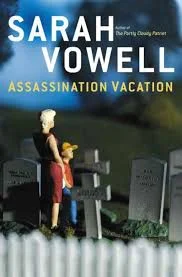Jim Baggott: “THE FIRST WAR OF PHYSICS: THE SECRET HISTORY OF THE ATOMIC BOMB, 1939-1949”
Book review by Dennis D. McDonald
I’ve always been fascinated by “big science” projects and how they were managed. Often there’s a confluence of private and public sector, academia, and military; the nuclear arms race as presented here is certainly not an exception.
What makes this book unique is the parallel storytelling of US, British, Russian, the German atom bomb research and development prior to, during, and following World War II. Also interwoven is the espionage that delivered so many secrets to the Russians.
Some mention of the motivation behind the spying is made. Surprising, for me at least, was the justification as promoting open access to nuclear secrets so that the US and Russia would be “balanced” and therefore less likely to start a war. Shades of the later “mutual assured destruction!” Also, shades of Snowden’s NSA revelations!
The author attempts to shed some light on the actual science behind the bomb and how European scientists were so advanced in their thinking. Ultimately Germany could not match the Allies’ material and intellectual resources needed to build a bomb. Russia decided to allocate the material resources but also stole much of the basic design and engineering details from the west.
Admittedly the book does focus on physics and physicists not on engineering. I was a bit disappointed that so little was actually said about the engineering side of things, particularly the size and complexity of the Oak Ridge and Hanford operations in the US. But that I think is compensated for by the wide ranging international scope of the story and how so many different physicists interacted with each other both personally and professionally in development of the bomb.
The book is not really take a moral or judgmental view of nuclear developments. The author’s view is that physicists were part of the societies and cultures involved in World War II and the Cold War and it was inevitable they would get caught up in the confrontation. If anything, the author presents the efforts of scientists like Szilard trying to put the “genie back in the bottle” as somewhat naïve. Some of the international control mechanisms proposed by scientists look ludicrous and unworkable from our historical vantage point.
As with other books on this and related topics I’m left with conflicting responses of awe and depression:
Awe because of the intellectual and engineering complexity being managed so successfully.
Depression because of the immense resources being devoted to enabling death and destruction on a vast scale.
The book does make one thing very clear; fear that “the other guy will get there first” is a strong motivator!
Copyright (c) 2013 by Dennis D. McDonald


